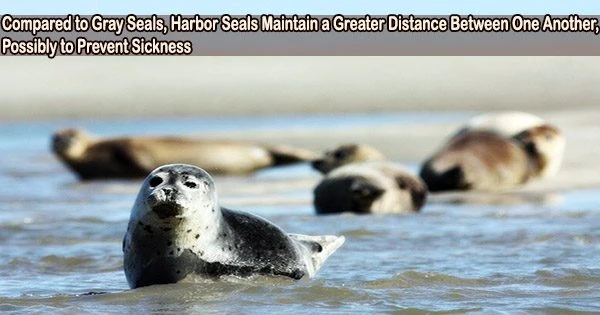Harbor seals prefer to leave more distance between themselves and their neighbors than gray seals, according to a group of marine experts. In their investigation, which was published in the journal Royal Society Open Science, the team looked at seal behavior along the Dutch Wadden Sea shoreline and behaviors that might be indicative of a response to contagious diseases.
During the most recent global pandemic, humans learned to keep their distance from one another in order to reduce the possibility of disease transmission.
In this new effort, the research team wondered if oceanic species engage in a similar practice. To find out, they ventured to the shores of the Dutch Wadden Sea a southeastern part of the North Sea to study seal behavior.
The two primary species of seal that frequent the coasts in that region of the world are harbor seals and gray seals, according to the researchers. The researchers discovered during aerial studies of the area that harbor seals like to stay near to the water whereas gray seals preferred to concentrate farther from the beach.
Additionally, they discovered that harbor seals maintain around twice the distance between one another compared to gray seals.
In the past three decades, there have been two significant outbreaks of phocine distemper that have both resulted in significant declines in the population of harbor seals, according to the researchers. Gray seals, which are also susceptible to such infections, have not been nearly as heavily impacted because they generally survive such infections.
The research team hypothesizes that the harbor seals avoid each other because they are engaging in a sort of social isolation to lessen their vulnerability to infection during epidemics.
In light of climate change, their findings may have consequences for other marine animals that engage in similar behaviors. As the oceans warm, there is a likelihood that more maritime species would contract communicable diseases.
















